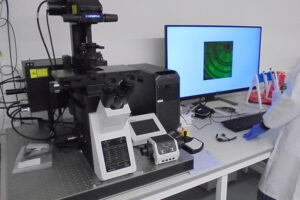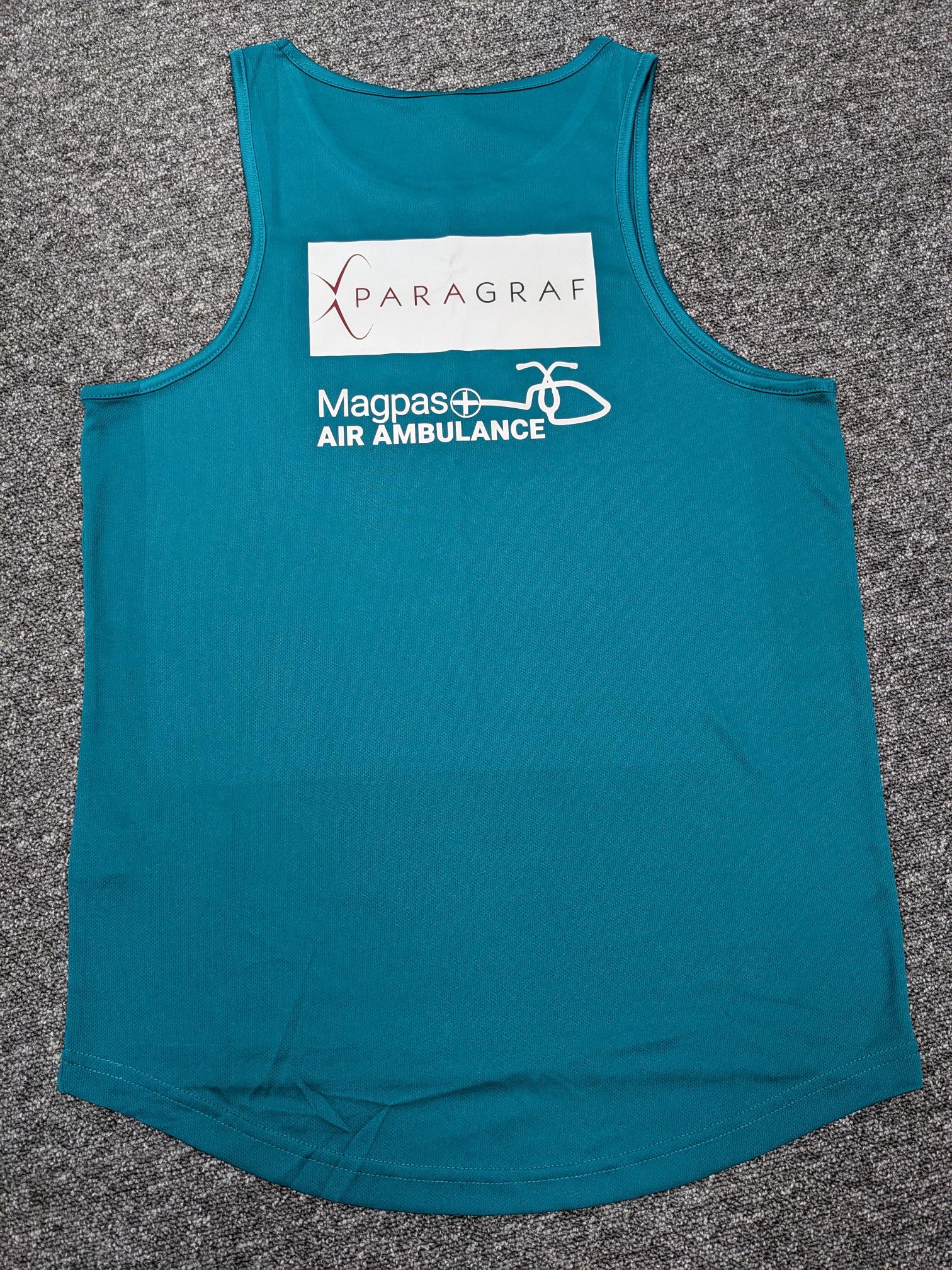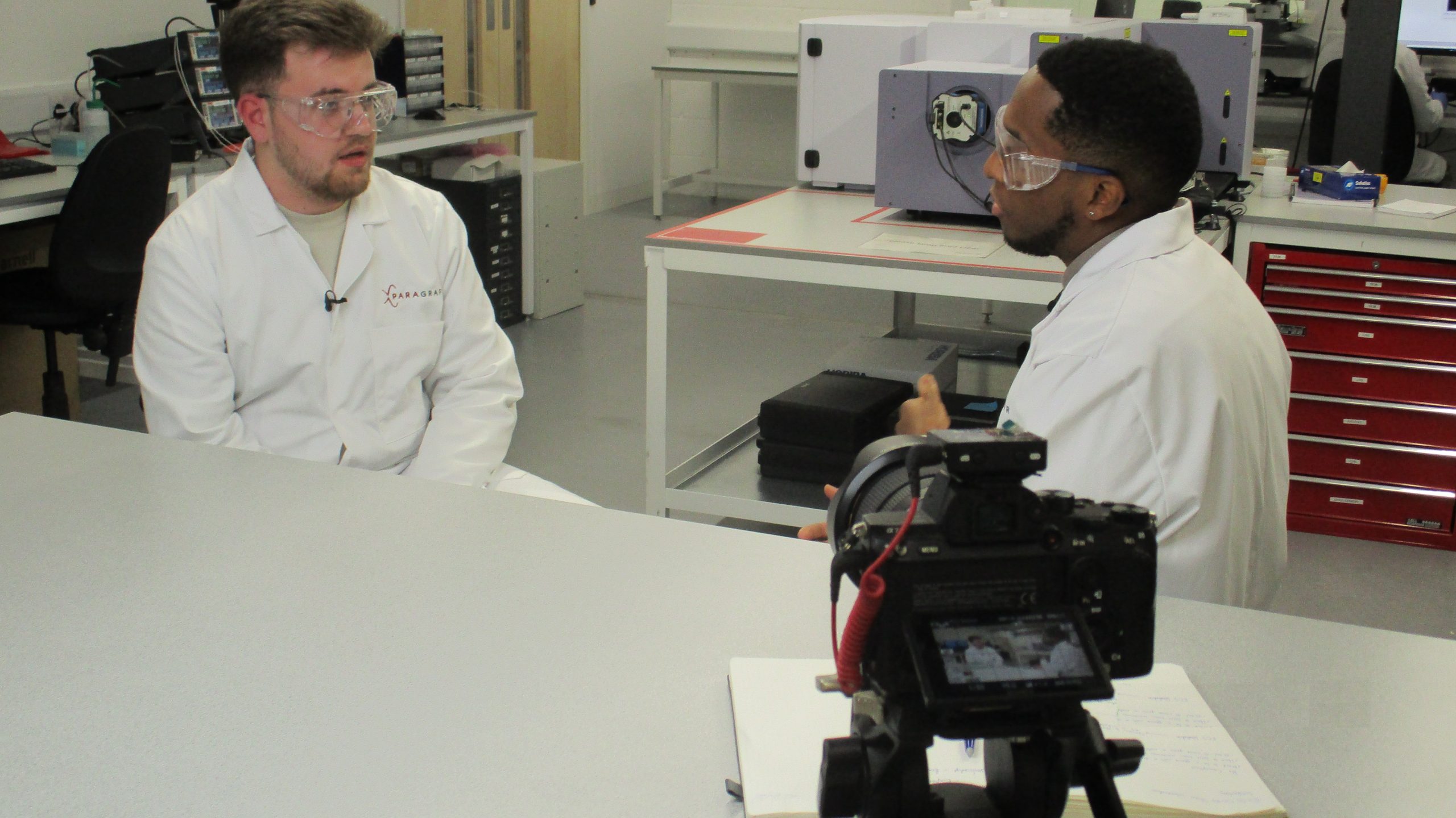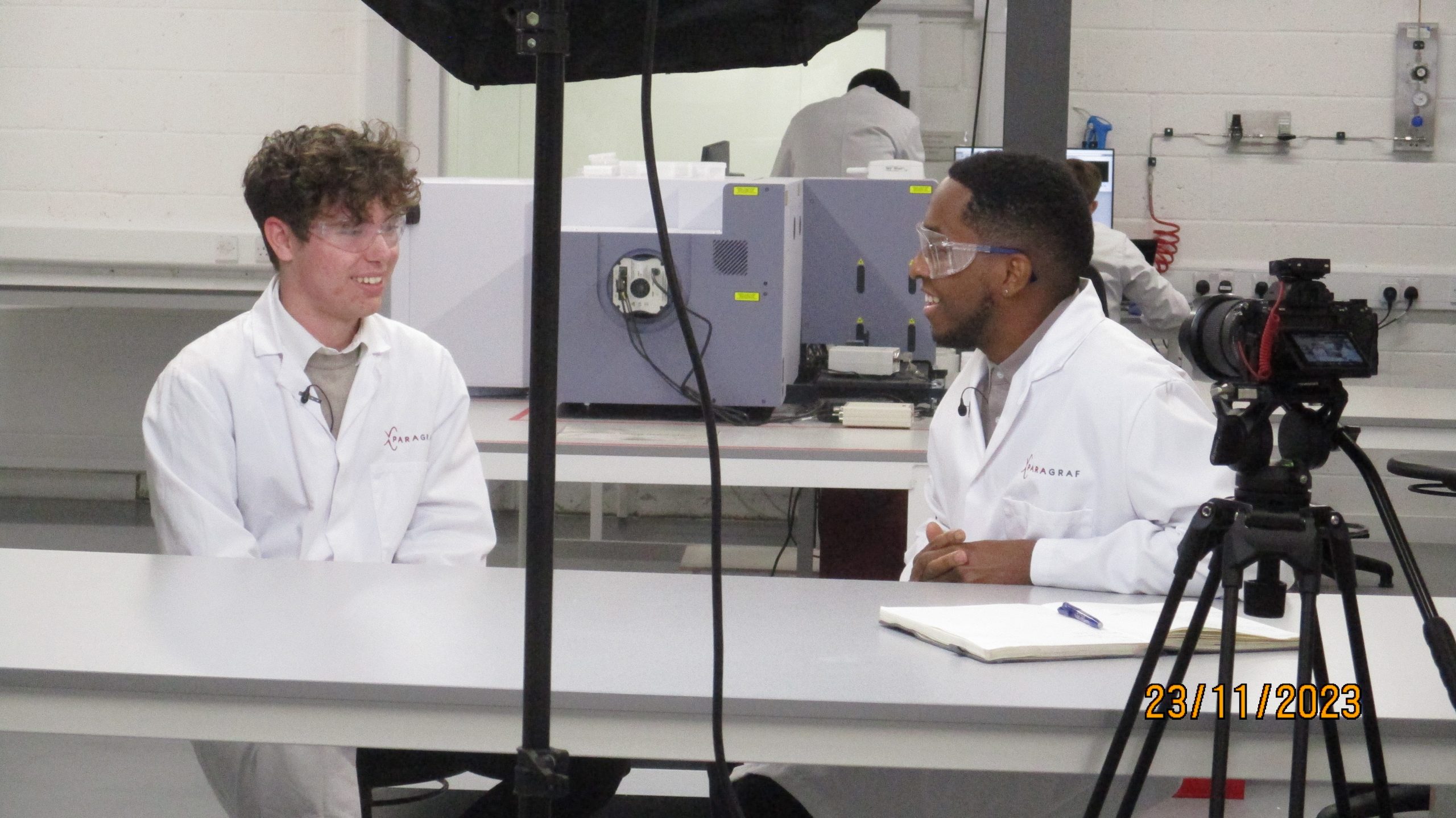Recently, Paragraf decided to expand its production capabilities by implementing a more-automated process and I was given the task helping to affect this update.
This summer, the production team tasked me with validating a new epoxy (sealing method) for the graphene Hall sensors (GHS). With no previous experience in the manufacturing of Hall sensors, the back-end-of-line, in production, taught me the intricacies of manual electronic packaging. With devices built, I could begin the validation process.
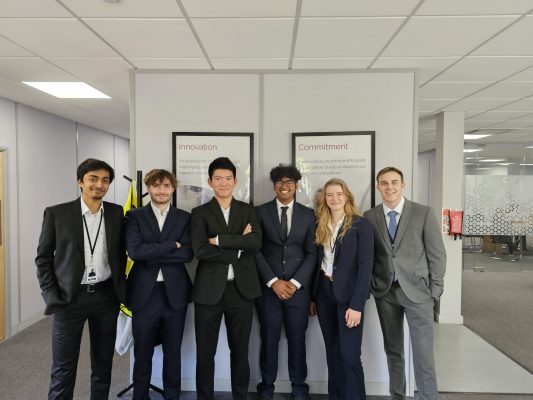
Everything about this new epoxy (sealing method) seemed perfect: it worked in the automated dispenser nicely; it had a long processing time, meaning it could sit out for days, and it applied to two adhesive purposes. However, it lacked one especially important aspect: the epoxy wasn’t rated for cryogenic temperatures (temperatures below -150°C). Therein lie my largest challenge in validation. Throughout the internship, I had to simulate various stresses a sensor might incur in its intended application then analyse the results to determine the survival rate.
I ran dunk tests where I ensured that the devices worked in liquid nitrogen and could endure multiple temperature shocks. After analysing the results from the dunk, I found that the devices fared well enough to continue, so I evaluated four of them at cryogenic temperatures (-269°C) and compared the results to old cryogenic data, with the old sealing method. Ideally, the data from the new and old test would align, thus indicating an effective new sealing method.
Porter is quick at learning new skills from macro/micro inspection, manual handling, wire bonding and sensor testing using intricate software/hardware. Her attention to detail is high, as seen by the build quality of the sensors produced for the project.
Lee Hughes, Paragraf Senior Production Technician,
who trained Porter in manufacturing.
Looking at the data, it was evident that each device survived the cryogenic chamber; therefore, I could conclusively say that the epoxy properly seals the device. The next step would be to compare the shear strength, or the force required to remove the lid from the carrier of the package, of the epoxy exposed to cryogenic temperatures.
I found this experience very insightful and a proper introduction to not only the semiconductor industry but also the startup life. I am extremely grateful for this opportunity and wishes to thank everyone, especially the production team, for allowing me to grow this summer.

